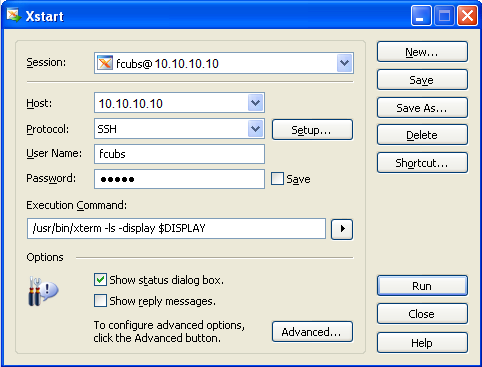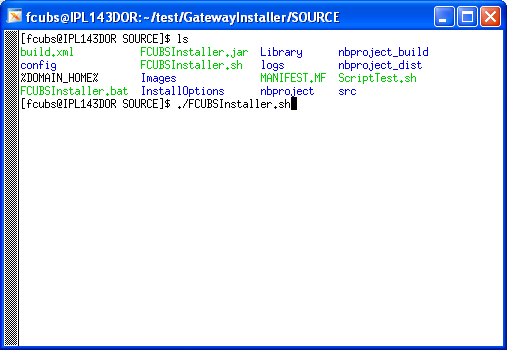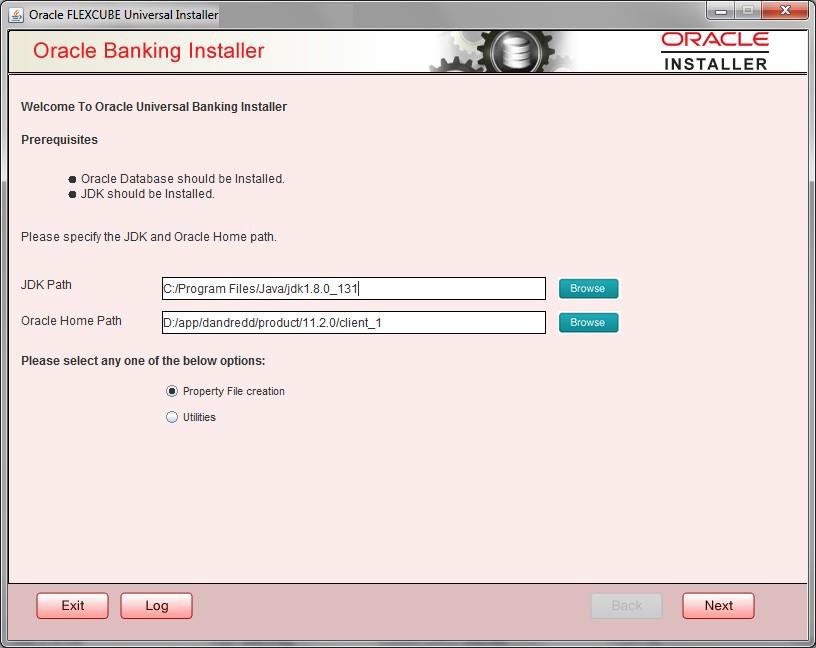1.4.2 Run Oracle Banking Installer through XManager
This topic explains the settings required for running Oracle Banking Installer through XManager on UNIX machines.
The XManager software is required to run Oracle Banking Installer.
Parent topic: Run Oracle Banking Installer on UNIX/LINUX


